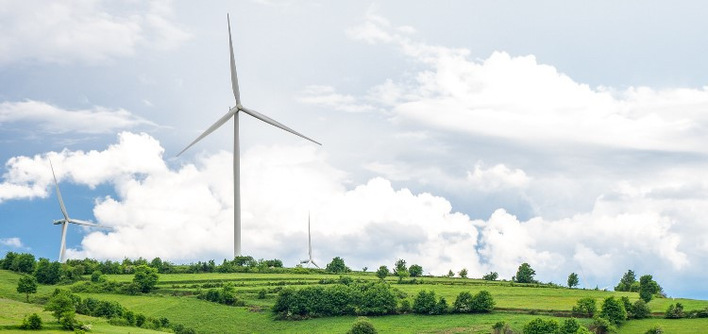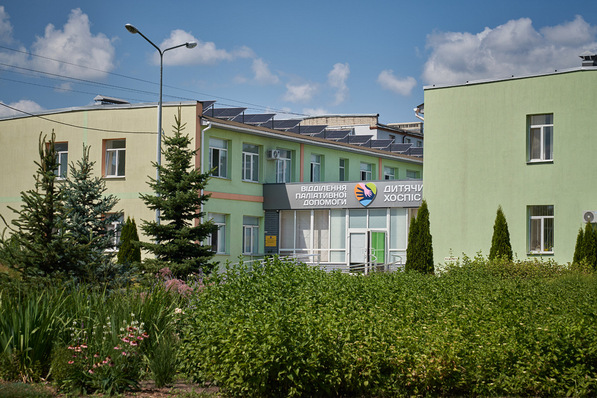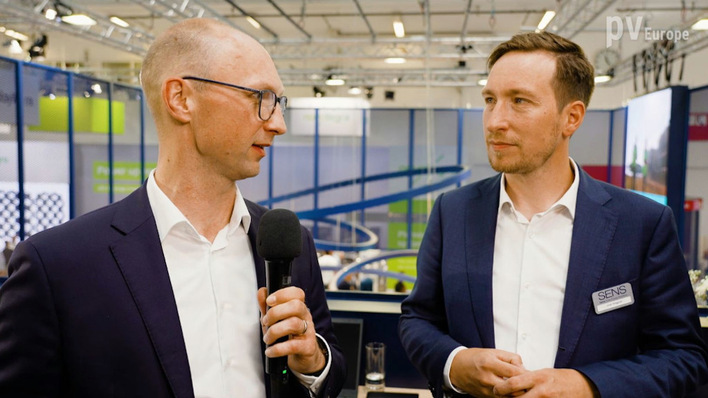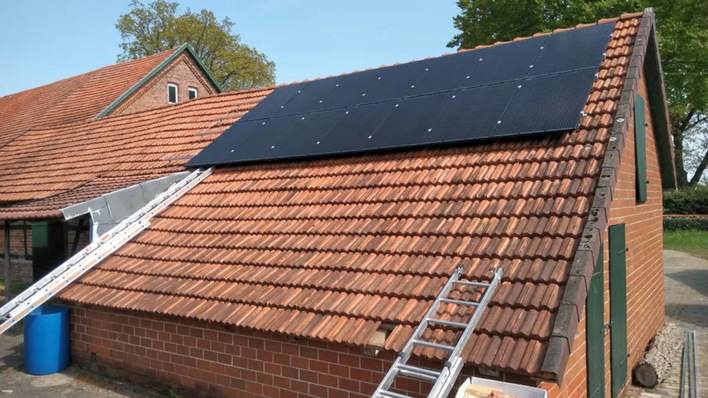Rise in metal prices could impact chemistry adoption but not EV uptake BloombergNEF 1H2021 Battery Metals Outlook states: Sustained high raw material prices could result in a significant shift in battery chemistry mix. Automakers could switch to lithium iron phosphate (LFP) chemistry, which would reduce the performance of some EVs, particularly their range. But this would enable the electrification of transport to continue unabated. In our LFP scenario, we increase LFP’s share of stationary storage deployments in 2030 from 23% to 53%, at the cost of the highest nickel chemistries.
Lithium well supplied up to 2025: The carbonate and hydroxide should be sufficiently supplied until at least 2025. Hydroxide could face a shortage by 2027, as demand for high-nickel chemistries surges. One key risk is that about 35% of the projected supply growth from now until 2025, will come from integrated spodumene-to-hydroxide converters in Australia. These projects are expensive and have had a history of delayed development. Should these Australian converters delay in their commissioning hydroxide could be in shortage by 2025.
Lithium prices expected to plateau by 2022
Lithium prices to rise further but plateau by 2022: Lithium prices continued to rise in 2021 due to the restraint in supply as a result of the pandemic and the higher demand recorded in China and Europe. Lithium prices have climbed 71% for carbonate this year, 91% for hydroxide and 58% for spodumene concentrate. We expect all prices to continue their rally but gradually plateau as more supply come online in 2021-2022.
Nickel sulfate balance to slip into deficit: The nickel sulfate market remains in balance in the near term, despite the increased demand expected in the next five years. Domestic demand in China was relatively low as some automakers shift to LFP chemistries. This will have limited impact in the adoption of nickel-rich battery cathode chemistries, and as such, the nickel sulfate market balance may slip into a 128,000 metric ton deficit as early as 2024.
Nickel prices to hold steady
Nickel prices to hold steady: At the start of the year, BNEF predicted that the nickel market will move into a two-tier system for nickel pricing to further incentivize investment into additional Class 1, battery-grade nickel supply. At the end of the first half of 2021, there has been no concrete developments toward this much needed change in the dynamics of pricing in the nickel market. Prices will likely remain within $18,000 per metric ton for 2021.
Cobalt surplus looms: The cobalt market is likely be in a narrow surplus this year. Both large-scale and artisanal miners will produce about 166,434 tons of cobalt in 2021. Demand for cobalt will reach 163,121 tons in 2021, leading to a 3,313-ton surplus this year. This projected surplus will be dependent on the ability of artisanal producers to ramp up supply.
Cobald prices to hold
Cobalt price to hold: Cobalt metal prices have risen by 42% year-to-date on the London Metals Exchange. In March, it rose to $53,000 per ton. This is the highest price since March 2018 and 15% above the five-year average. The cobalt metal price could average $45,000 per ton year-end 2021. With the market projected to be relatively in surplus this decade, we expect prices will hold at an average of $44,000 per ton up to 2025.
Also interesting: China dominates battery supply chain, but Europe on the rise
Manganese supply recovers strongly: Manganese production in South Africa in April increased by 208% year on year. The market has recovered strongly from the impact of Covid-19. In spite of the resumption of mine operations in South Africa, the industry has been saddled with challenges associated with haulage, electricity reliability and port operations.
Manganese sulfat prices to rise
Manganese sulfate prices to rise: Manganese sulfate prices have risen by 30%, from $867 per metric ton in January to $1,128 in June, due to an increase in battery demand. Prices are likely to keep rising in the second half of the year as demand for batteries is projected to grow. With the manganese sulfate market currently projected to be in a deficit, prices are likely to rise to support new refinery projects in order for supply to meet demand by 2024.
Graphite demand to grow: Graphite demand from lithium-ion batteries is set to rise year-on-year by 37% to 446,914 metric tons in 2021, BNEF estimates. It will grow by 297% by the end of the decade. Commercial vehicles will represent the fastest growth, with year-on-year demand doubling in 2021. Overall, graphite demand from lithium-ion batteries will reach 446,914 tons in 2021 accoring to BloombergNEF. (hcn)
Did you miss that? Battery prices fell by 13 percent from 2019







